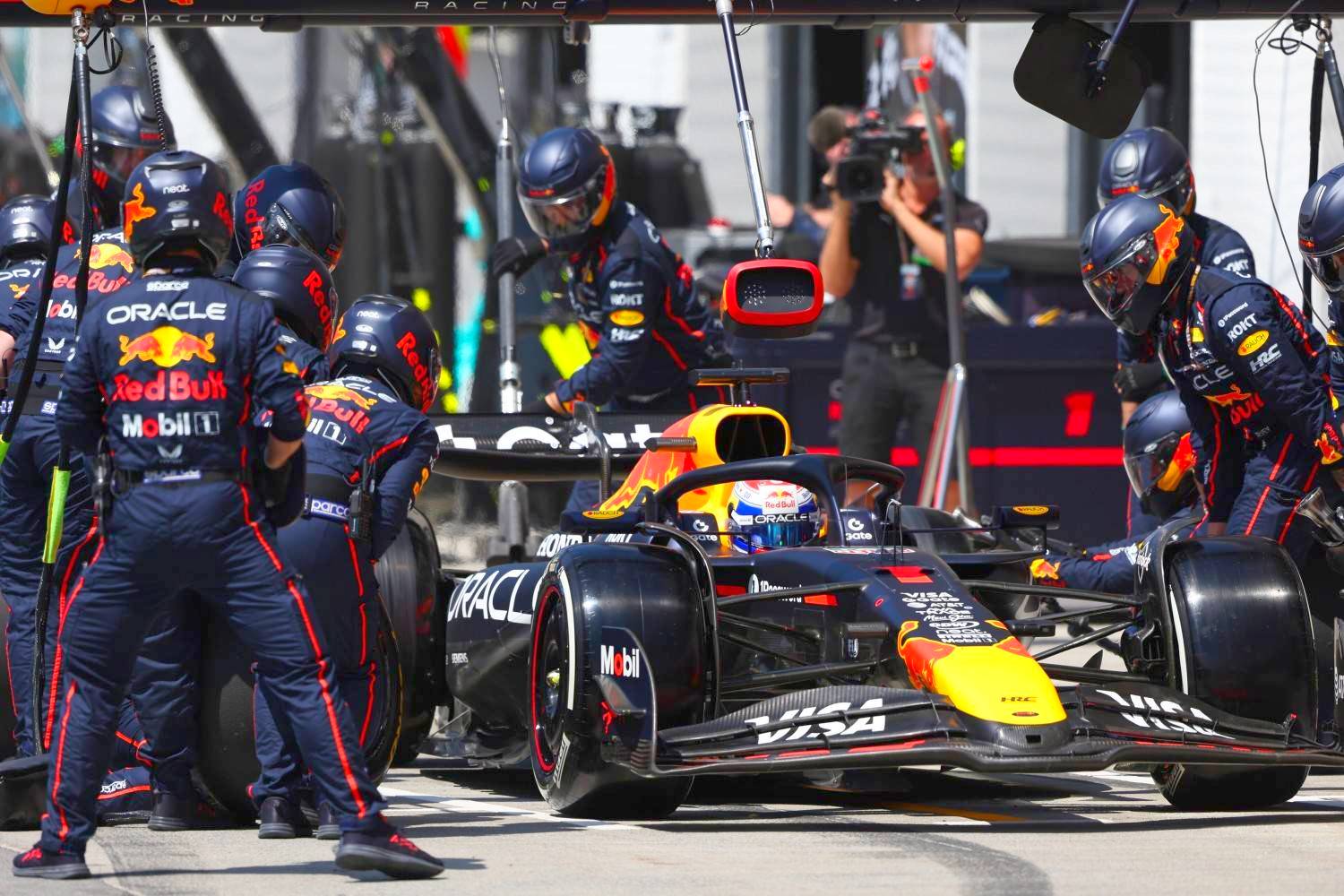Pirelli backs two-stop rule debate as one-stop strategies dominate current F1 races
The motorsport manager of Pirelli, Mario Isola, has confirmed that the tire company is open to the concept of Formula 1 having two stop races, rather than one, each race in the sport, as the sport aims to inject more strategic content to the race dominated by one-stop tactics.
The last five races have all been won using a single pitstop. George Russell recently described F1 as becoming a race to Turn 1, with dirty air again becoming a bigger factor and teams favouring the most conservative approach.
Isola explained that teams naturally try to minimize pit stops because mistakes can happen during stops, and traffic can cost additional time when rejoining the track.
This talk gained traction at the Mexico Grand Prix drivers’ briefing. The FIA established that this was on the agenda for this week at the Sporting Advisory Committee and will be addressed at the F1 Commission.
Several teams and Liberty Media will be open to discuss next year’s options, but the FIA was emphatic that ideas are still far from concrete
The potential rule change has sparked interest among betting markets globally. Bookmakers would need to significantly adjust their odds and strategy-based betting options if two mandatory stops become reality. Markets in countries with active F1 wagering are already monitoring the discussions closely, as pitstop strategy bets have become increasingly popular among motorsport gamblers—from established European platforms to emerging Asian territories (source: https://readwrite.com/gambling/betting/singapore/).
This year’s Pirelli tires are more robust than in previous seasons, allowing drivers to push harder but reducing degradation. Previous attempts to encourage two-stop races have failed as teams simply managed tires more carefully.
According to SportsPro, F1’s global fanbase reached $826.5 million in 2024, driven by a 39% increase in China. Despite this expanding audience and a competitive season that saw seven different drivers win multiple races for the first time in history, strategic monotony has become a growing concern.
Isola noted that when Pirelli asked teams to simulate various compound selections, most teams ended up choosing the same strategy. Adding more constraints tends to push everyone in the same direction rather than creating variety.
Max Verstappen argued in Baku that forcing two stops is better than introducing softer compounds. Isola acknowledged that a two-stop format could improve the show by adding unpredictability.
One option under consideration would require two stops but remove the mandate to use different compounds. Teams at different grid positions could choose different approaches – those at the back might prefer starting on hard tires for a longer opening stint, while midfield runners could opt for softs to clear traffic early.
The 2025 experiment of two compulsory stops in Monaco did not go well, while the 2023 Qatar Grand Prix provided a better preview when two compulsory stops were necessary due to safety issues.
The official logistics partner of F1, DHL, announced that Red Bull had received the Fastest Pit Stop Award for the seventh year in a row. The Red Bull and McLaren had the same result with a 1.90-second pit stop, and pit crews have made a very accurate stop strategy when they could visit the pits as few as possible.
The bigger question is, do we need changes? The vehicles of 2026 will be closer to the new regulations of F1, which is likely to make dirty air a minor factor.
Isola called for the need to safeguard what F1 has established, because they must not risk destroying the existing championship.
